The Use And Misuse Of Wisconsin's COVID-19 Projections
Days after Wisconsin Gov. Tony Evers announced the state's Safer-at-Home order, a subtly misleading framework for Wisconsin's COVID-19 projections appeared on Twitter.
April 23, 2020
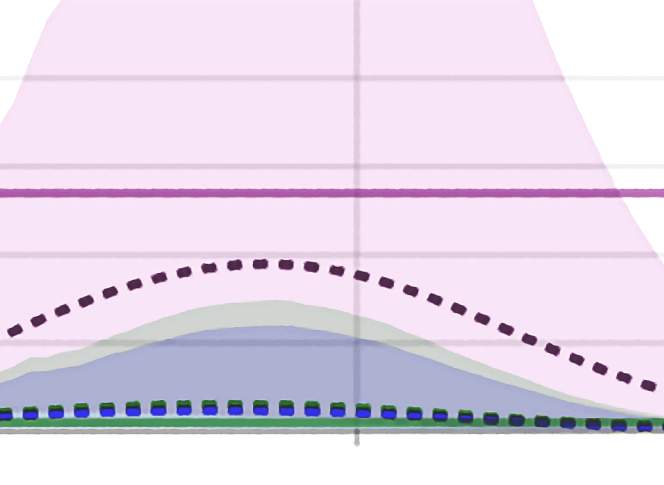
University of Washington Institute for Health Metrics and Evaluation COVID-19 model illustration

Days after Wisconsin Gov. Tony Evers announced the state’s Safer-at-Home order on March 24, 2020, a subtly misleading framework for Wisconsin’s COVID-19 projections appeared on Twitter.
The MacIver Institute, a think tank that describes itself as the “free market voice for Wisconsin,” posted a line graph on March 26 showing the novel coronavirus death total running well below the maximum number of fatalities projected by the Wisconsin Department of Health Services.
The DHS model was based on a scenario in which the state did not close most businesses or widely adopt social distancing measures. And like all scientific models, it never guaranteed an exact outcome. But that critical context was omitted from the post — and many more that followed.
“Up to 1,500 will be dead by April 8th, the trends today do not show any likely progression towards that prediction,” the post reads.
Similar graphs showing updated figures on COVID-19 cases and deaths — and increasingly steep line trajectories — began appearing on the MacIver Institute’s Twitter account nearly every day.
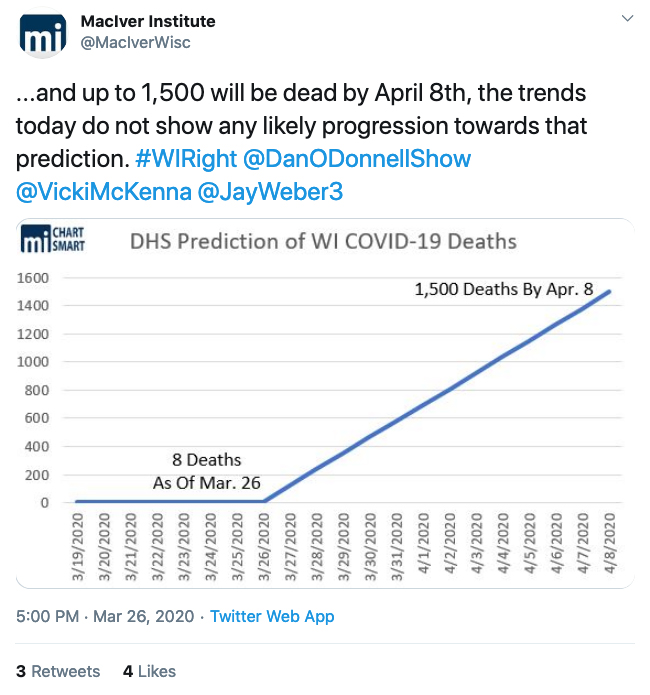
On March 31, the organization’s Twitter account posted another graph showing the gap between the 1,351 reported cases of the respiratory disease and the 22,000 cases projected by the DHS in the scenario — again, without the state’s order. Two days later, another post noted that “31 virus-related deaths have been recorded in WI, up from 24 yesterday. That’s 2% of the maximum amount of deaths that the DHS anticipates that we will see by April 8.”
Between March 26 and April 8, the MacIver Institute posted on Twitter a total of 22 graphs raising questions about the DHS projections.
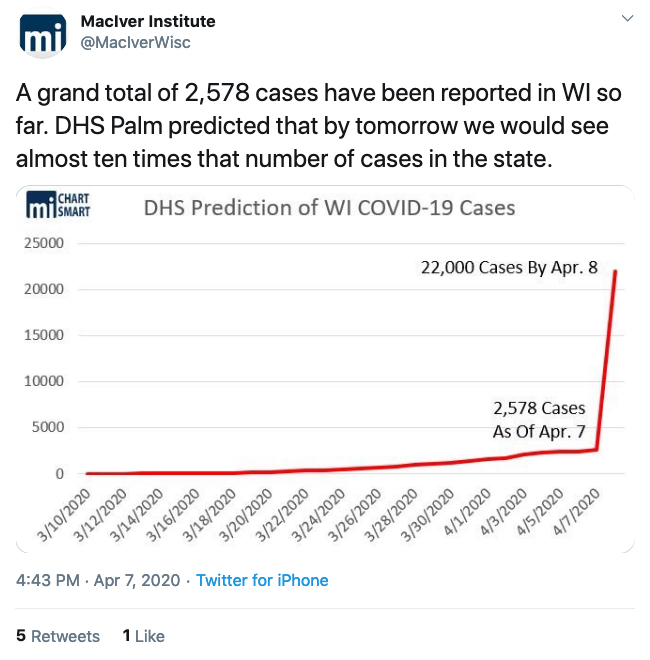
On an April 20 call with reporters, DHS Secretary-designee Andrea Palm responded to critics of the projections, saying the agency’s statistical modeling proves “we reacted exactly right.”
“What our projection does is tell you where you’d be without intervention — without alteration of behavior,” she said. “Safer at Home altered our behavior. It encouraged all Wisconsinites to stay safer at home and flatten the curve to prevent those deaths and those numbers of infections.”
The use and misuse of public health data promises to be abundant on social media in the weeks ahead as the administration of President Donald Trump and governors spar over how to lift virus restrictions across the United States.
Wisconsin is among 45 states and the District of Columbia that have shelter-in-place orders intended to slow the spread of the novel coronavirus by shuttering schools and most businesses and services. Evers has extended Wisconsin’s order through May 26, and on April 20, laid out a plan to reopen Wisconsin’s economy in phases after hitting certain benchmarks. But governors in several states — including Georgia, Tennessee and South Carolina — announced plans to scale back restrictions within days.
Meanwhile, conservative organizations such as MacIver and the newly formed #ReopenWisconsin Facebook group are calling for economic activity to resume as quickly as possible. And Republican leaders in the Assembly and Senate have sued to overturn Evers’ order.
#ReopenWisconsin gains traction
There is no doubt many Americans are growing weary of the lockdowns and alarmed about the devastating impact on their finances and the economy. Protesters have called for society to reopen in Kentucky, Michigan, North Carolina, Ohio, Texas, Utah and elsewhere. On April 18, hundreds of protesters gathered in Brookfield, Wisconsin. A CBS58 video of the event showed few of the Brookfield protesters wore face masks or practiced social distancing.

#ReopenWisconsin announced an April 24 event called the Wisconsin Freedom Rally at the Wisconsin State Capitol.
“If you’d like to follow the CDC guidelines, that is your decision,” the event organizers say. “If you don’t follow guidelines, that is your decision. You are responsible for your and your family’s health and safety.”
Wisconsin residents could easily feel overwhelmed by the clutter of conflicting information about COVID-19.
Although most of the MacIver Institute’s Twitter posts were shared only a handful of times, the underlying message was amplified in an April 8 Facebook post by conservative talk radio host Vicki McKenna, who has regularly argued on social media in favor of lifting the Safer at Home order. The post was widely shared and included the hashtag, “#EndTheLockdown.”
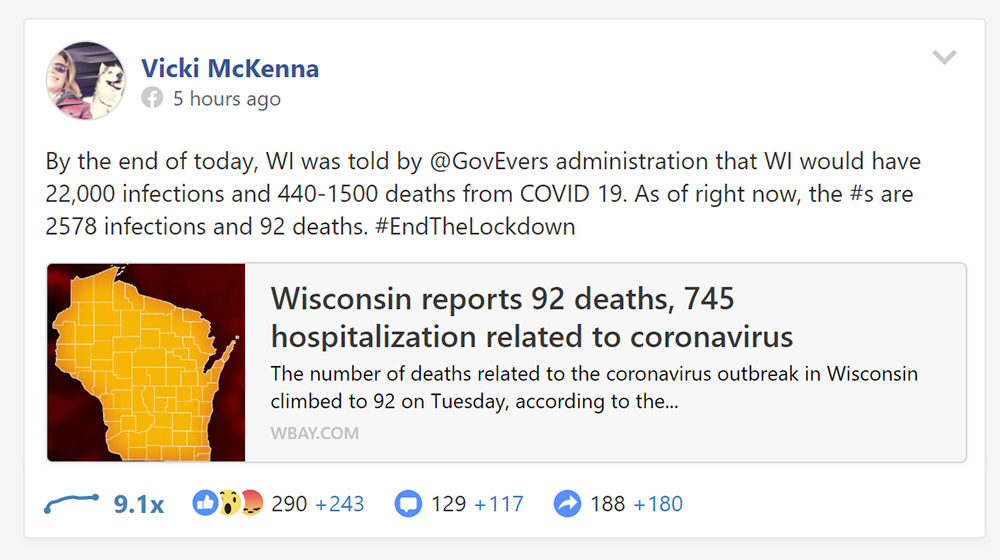
McKenna did not respond to written requests for an interview. Brett Healy, president of the MacIver Institute, did not respond to a voice message and multiple emails from Wisconsin Watch over two weeks.
The DHS projections were intended to demonstrate how infections and deaths could have grown exponentially without measures intended to “flatten the curve” in Wisconsin. By leaving out that fundamental detail, the state health authority is presented as having significantly overestimated both the transmissibility and lethality of COVID-19.
Health information under attack
Misleading people by providing real information divorced from necessary context is not a unique strategy, said Dave Schroeder, a cybersecurity expert at the University of Wisconsin-Madison who tracks disinformation on social media.
He’s been following how public health information on the COVID-19 pandemic is being “attacked by actors with an agenda” and twisted to suit certain narratives. He’s seen similar shots taken on the credibility of the highly influential national projections developed by the Institute for Health Metrics and Evaluation at the University of Washington School of Medicine.
Carl Bergstrom is an infectious disease expert with the University of Washington who is writing a book on disinformation. He described in a Twitter thread working 100-hour weeks while “fighting a battle against the biggest crisis in decades,” and yet waking up to emails attacking “my motives, my character, my intelligence.”
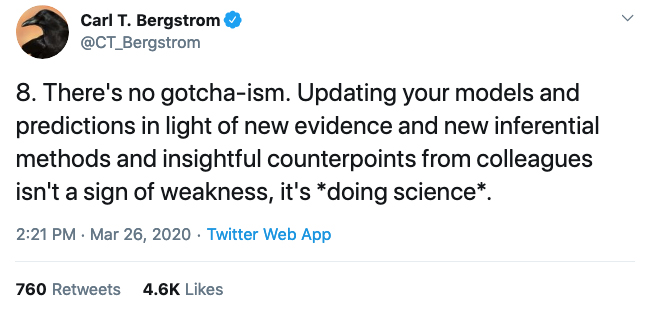
“But we are also fighting … a battle against misinformation and disinformation in a hyper-partisan environment where our predictions and recommendations about the pandemic response are deeply politicized,” he said. “Every twist and turn that the pandemic takes is seized upon by one side or other to claim that some fraction of us are incompetent if not outright mendacious. Researchers are pilloried for updating their beliefs based on new information.”
Asked to evaluate the MacIver Institute’s presentation of the DHS projections on social media, Schroeder said it’s “a really good example of information that is decontextualized and used to present a part of a story in pursuit of a particular agenda.”
“What people trying to muddy the waters will do is say, ‘This prediction didn’t come to pass, therefore everything the experts are saying is wrong.’ It’s a tactic, and that’s why you’ll see disinformation operations really focus on those kinds of things,” he said.
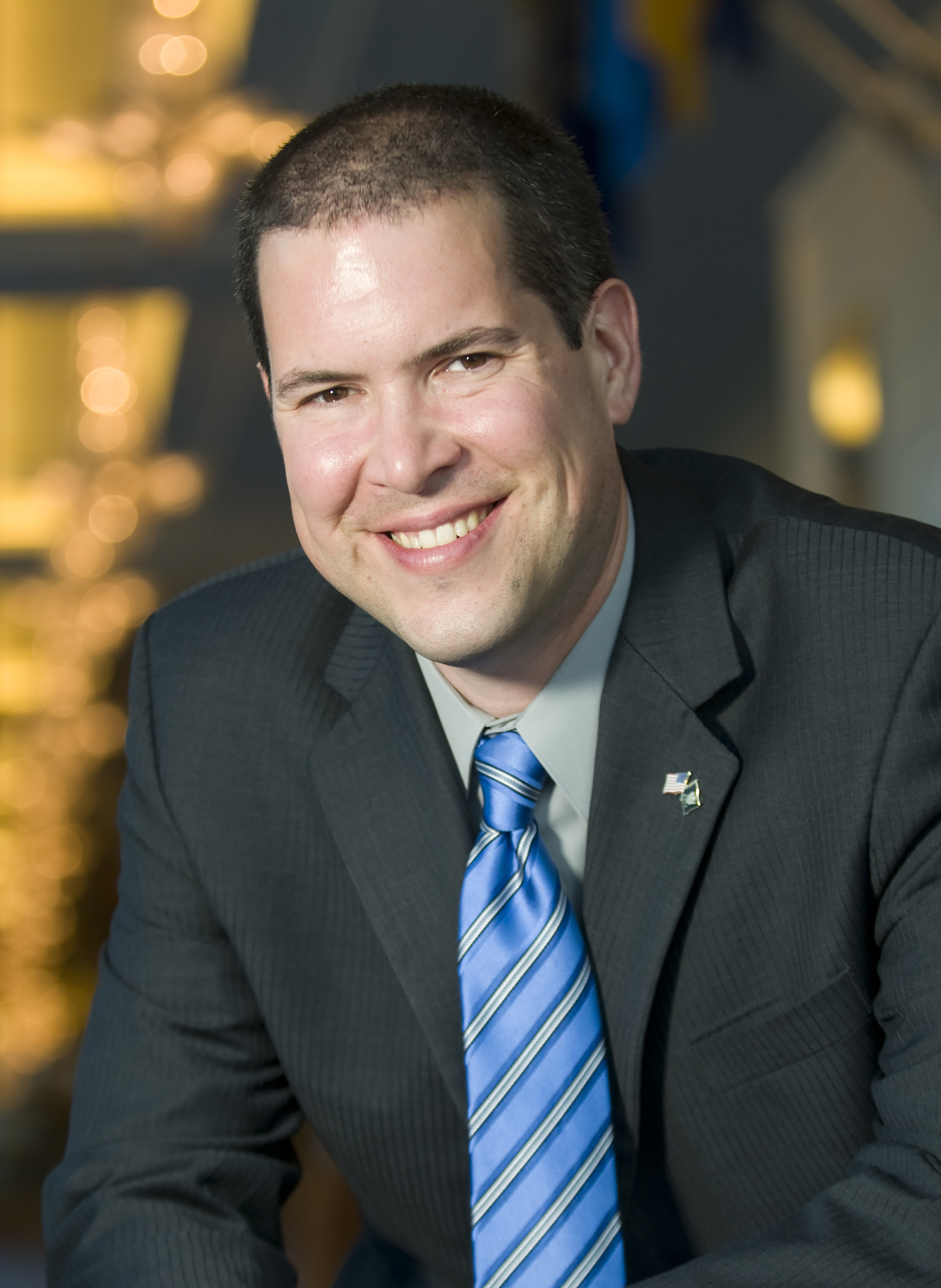
Though major tech companies have stepped up the fight against the proliferation of harmful coronavirus conspiracy theories and questionable remedies, the MacIver Institute’s posts are more “persuasive bias” than outright misinformation, Schroeder said. So, they wouldn’t rise to the level of detection or automated flagging by social media companies.
“The most effective type of propaganda is not lies, it’s selected truthful information that is taken out of context, or presented in a way that is incomplete — kind of like this graph,” Schroeder said, pointing to a MacIver graphic posted April 7 showing many fewer cases of COVID-19 than initially projected by DHS.
A social media monitoring project by Wisconsin Watch and First Draft News — an international nonprofit concerned with trust and truth in the digital age — has tracked this widely shared but misleading narrative that paints Wisconsin’s lockdown measures as an overreaction.
COVID-19 crisis widens divisions
Questioning public health interventions has been a consistent theme of the politicized material circulating on social media as the pandemic has become another flashpoint in the country’s culture war.
“You see this thing battling out on social media of, like, ‘Do we really need to take these hugely disruptive measures — measures that certainly put people at risk from an economic standpoint?'” said Dr. Jeff Pothof, chief quality and safety officer with UW Health.
The waters have been effectively muddied. According to a Pew Research Center survey conducted March 10-16, about half of U.S. adults reported being exposed to fabricated content about the novel coronavirus.
“The responses reveal a wide range of claims as well as a wide range of what Americans categorize as completely made-up news or information,” say authors Mark Jurkowitz and Amy Mitchell.
Of survey respondents who were able to cite reports they believed to be false, about 40% pointed to information they suspected either over- or understated the threat posed by the virus.
The responses suggest “significant confusion and suspicion” among media consumers during the early days of the outbreak, the authors say: “Some of this level of skepticism toward information about a crisis threatening the country’s health and economy also reflects a competitive, and often conflicting, media environment.”
And so the polarization of COVID-19 was well underway on March 24, when Gov. Evers issued Wisconsin’s initial stay-at-home order. State health officials began releasing data that helped inform the governor’s decision.
Models based on data compiled by the DHS from March 3-15 showed zero intervention would allow the virus to grow exponentially. Statewide cases were projected to double every 3.4 days, and Wisconsin would see up to 22,000 cases of COVID-19 by April 8, with between 440 and 1,500 deaths.
The DHS has been “very clear that it’s a baseline prediction based on no intervention,” said David Perlman. An expert on digital deception, he’s founder of Cognitive Security Technologies, a San Francisco-based firm that helps protect clients from “adversarial weaponized misinformation.”
In an email, Perlman provided an analysis of the MacIver Institute’s handling of the DHS data on Twitter.
“It seems to me that this is either ignorance or malice, and either way it does not reflect well on them,” he said. “If they’re simply too ignorant to understand that the real-world numbers reflect the beneficial effects of the quarantine interventions — and that’s why they are so far off from the baseline model — then they are certainly not qualified to be expressing important policy opinions on the topic.
“On the other hand, I think it’s more likely that they are being deliberately deceptive because they know their actual position sounds terrible when they say it out loud. … [that] it is always necessary to choose an exchange rate between economics and human life.”
Hard to model social distancing
Dr. Jeff Pothof told Wisconsin Watch that one unintended consequence of a successful public health response is that it gives contrarians ammunition to argue that the lockdowns were unnecessary and that the public was misled.
“If we do this successfully, the naysayers should be saying we were way too aggressive and we overreacted — because that’s how we’ll know how this worked,” he said. “We won’t have a huge uptick in cases, we won’t have an overrun health care system. But it’s really hard to model the impact of social distancing. It’s hard to know how effective that will be. Is there a little social distancing? Is there a lot?”
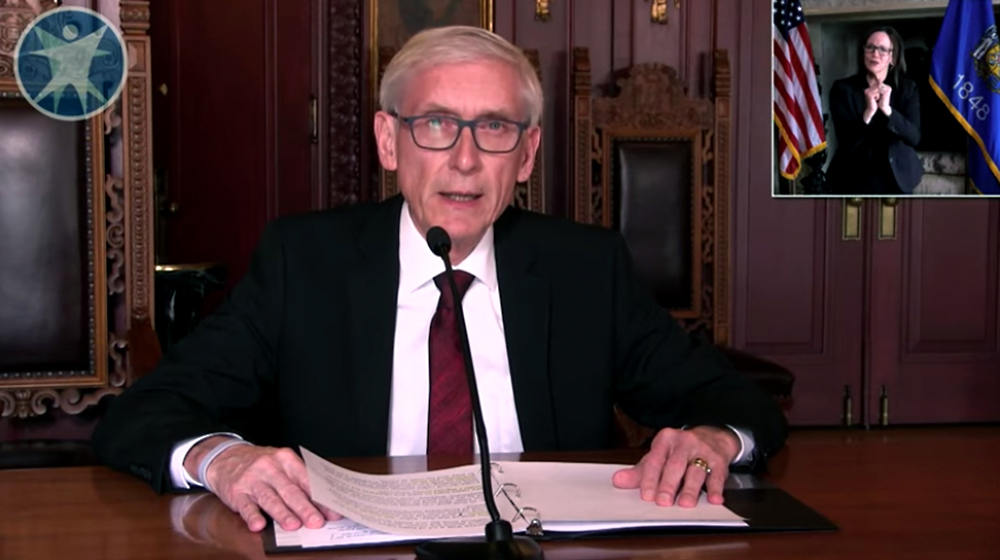
The DHS model became obsolete as soon as the state’s order went into effect, said Dr. James Conway, a UW-Madison professor of pediatrics and infectious disease expert who leads the medical school’s Global Health Institute.
As real-world conditions change, models that aren’t updated may keep showing “doom and gloom even after it’s clear that the model is no longer accurate,” Conway said. And while many early models assumed about half the U.S. population would practice social distancing, 92 percent have complied, he said, citing recent polling.
“We’ve been so remarkably successful in mitigating this outbreak across the state. Now is not the time for complacency — nor to prematurely declare victory. We need to figure out how to gradually open up, while maintaining social distancing,” Conway said in an email. “And as we do, all the models will keep changing. Because if there’s one thing I’m sure of, is that models are dynamic and change as circumstances change.”
Hundreds dead, thousands infected
The human toll from COVID-19 has been severe in Wisconsin, as the DHS reported statewide totals of 4,845 cases and 246 deaths on Wednesday. However, the worst-case scenario — predictions of how the disease could spread without social distancing — hasn’t come to pass.
The agency warns that without the restrictions, there’s still risk of future outbreaks. The rate at which coronavirus cases are doubling in Wisconsin has slowed to about 12 days, according to the DHS.
“A few weeks ago, we had a pretty grim outlook for what COVID-19 could mean for our state, but because of the efforts of all of you, Safer at Home is working,” Gov. Evers said in a statement announcing the extension of the order from April 24 to May 26. “That said, we aren’t out of the woods just yet.”
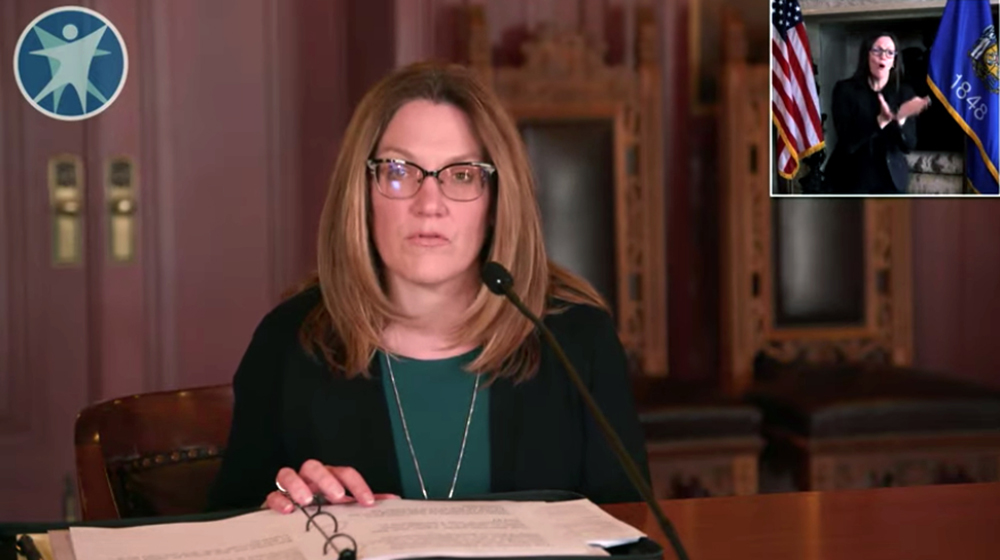
Recognizing that misleading content is often spread unknowingly by well-intentioned people, UW-Madison’s Dave Schroeder recommended seeking out “alternative, explanatory sources that provide the full context,” especially before sharing an image or article from an unfamiliar source — or one that could have an ideological perspective.
The graphs shared by the MacIver Institute present legitimate public health data with an air of authority, which can be highly persuasive, Schroeder said.
“In a vacuum, that graph isn’t necessarily inaccurate,” he said. “If you post that graph and say, ‘This is where we thought we might be if we didn’t take the action we did,’ well, that’s telling a correctly contextualized story.”
Said Andrea Palm: “One of the important things about those projections is that they showed we had to work like crazy to prevent them from happening, and that is what we’ve done in the last month.”
Howard Hardee is a Madison-based journalist who reported this story for Wisconsin Watch. He is a fellow at First Draft, an organization that trains journalists to detect and report on disinformation, and a reporter at the Wisconsin State Journal. Jim Malewitz of Wisconsin Watch contributed to this story. Wisconsin Watch collaborates with Wisconsin Public Radio, PBS Wisconsin, other news media and the University of Wisconsin-Madison School of Journalism and Mass Communication. All works created, published, posted or disseminated by Wisconsin Watch do not necessarily reflect the views or opinions of UW-Madison or any of its affiliates.
 Passport
Passport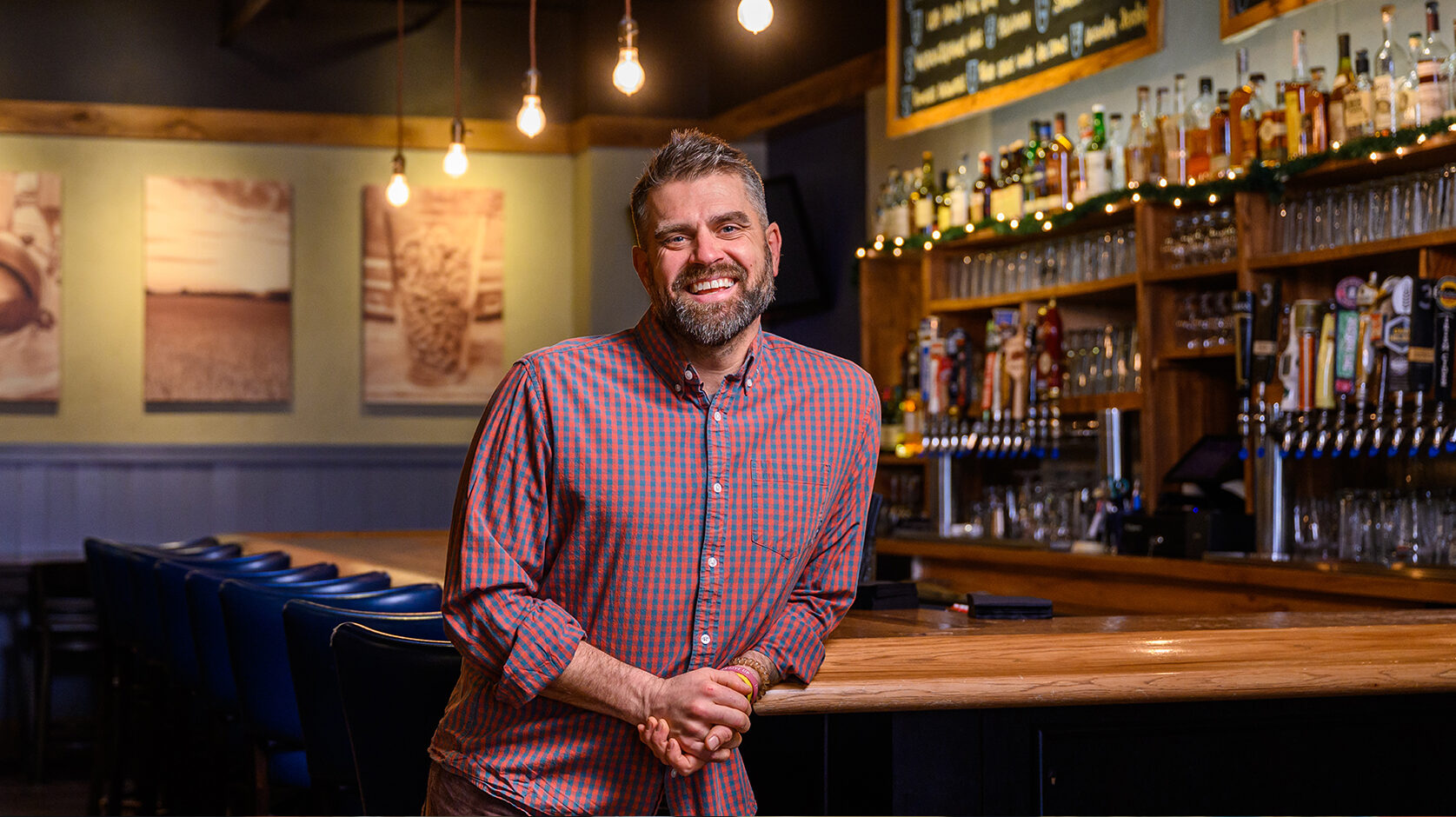

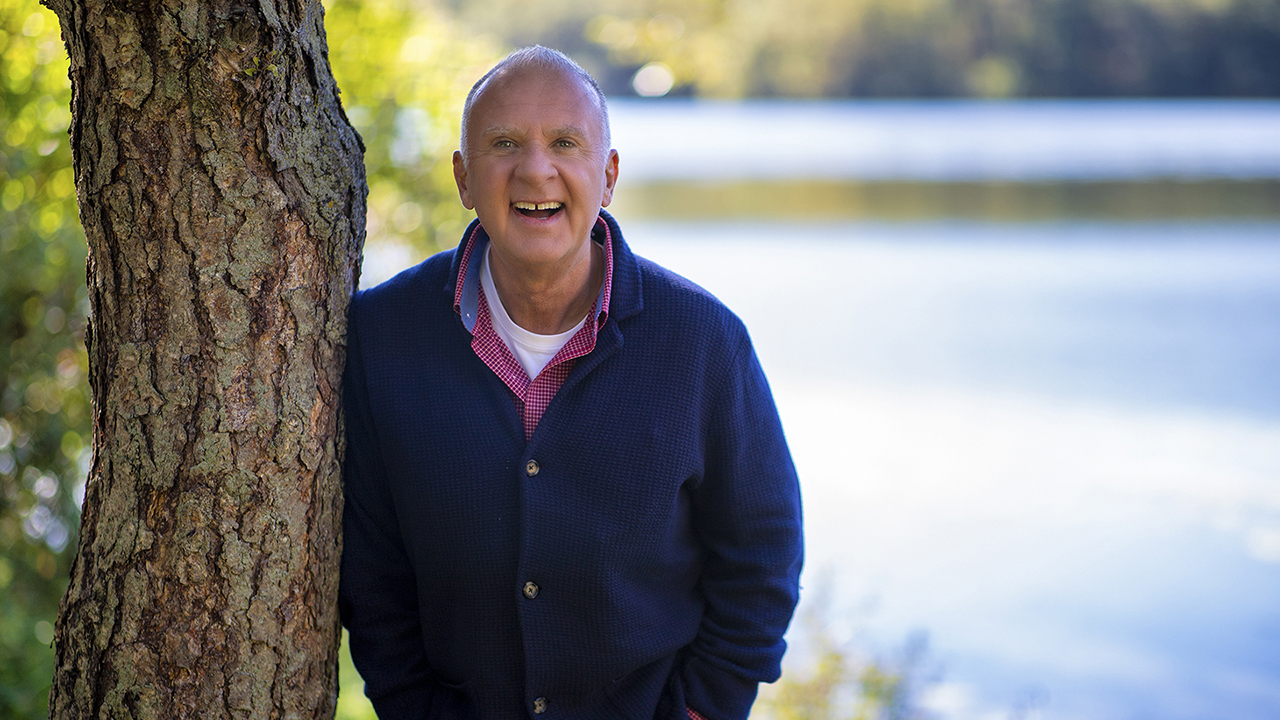


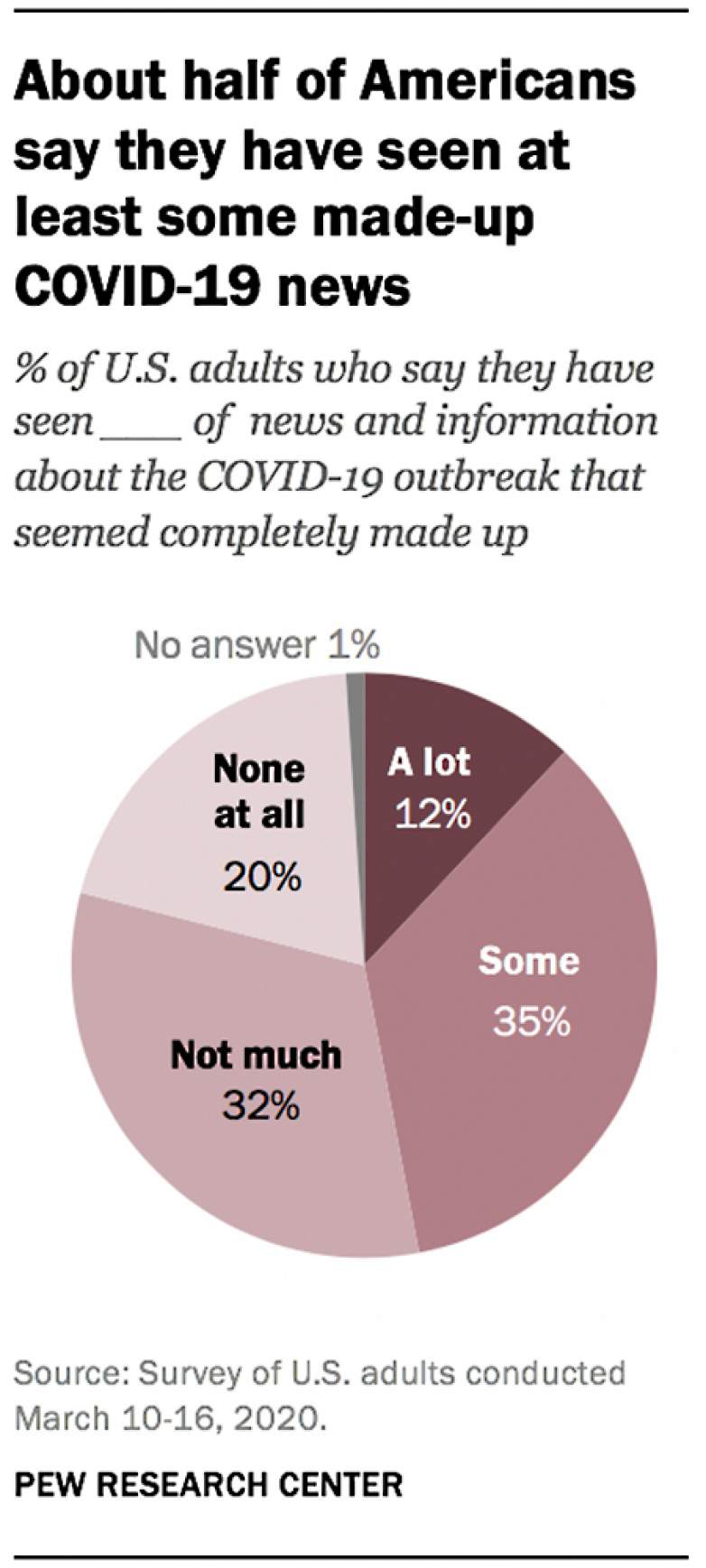
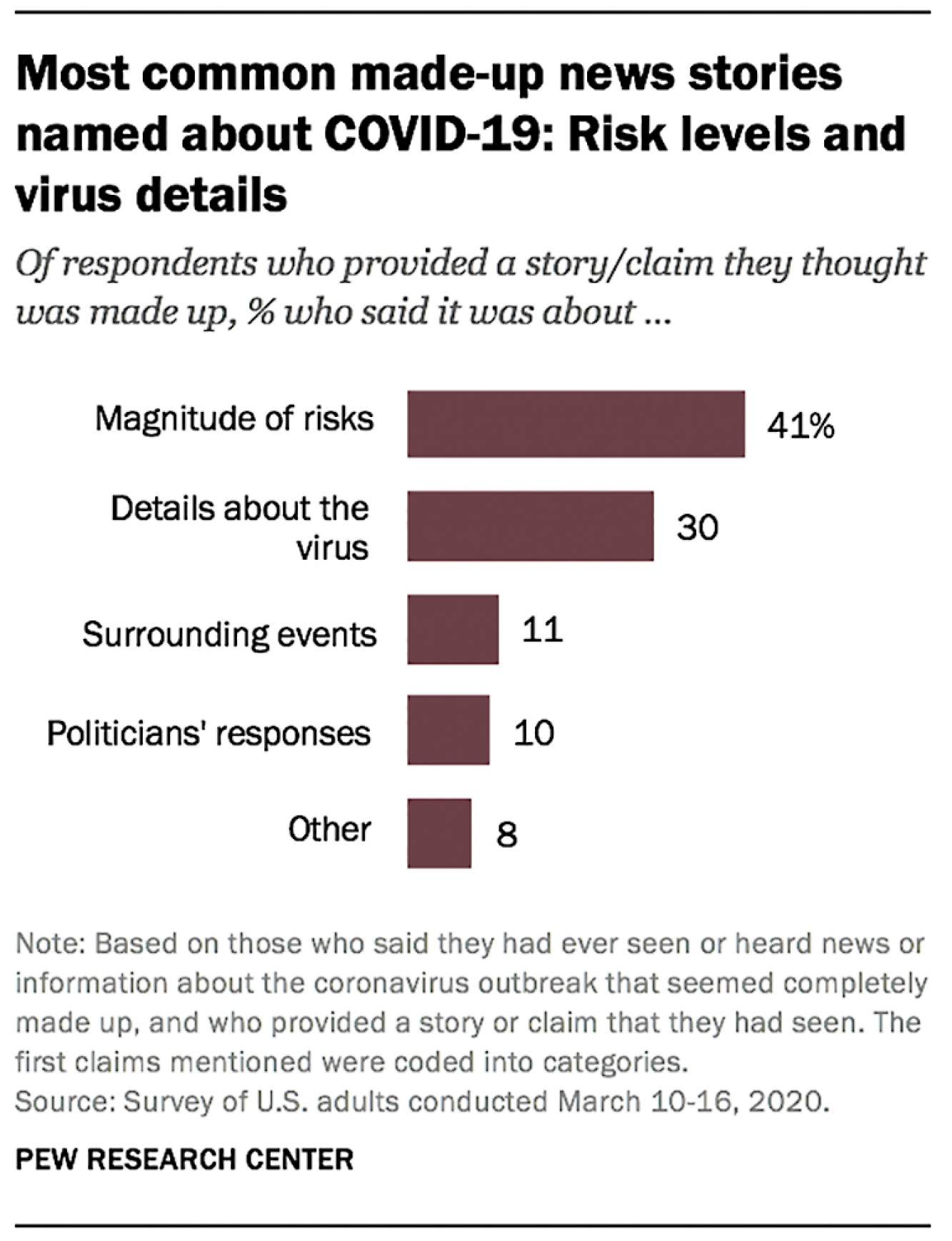
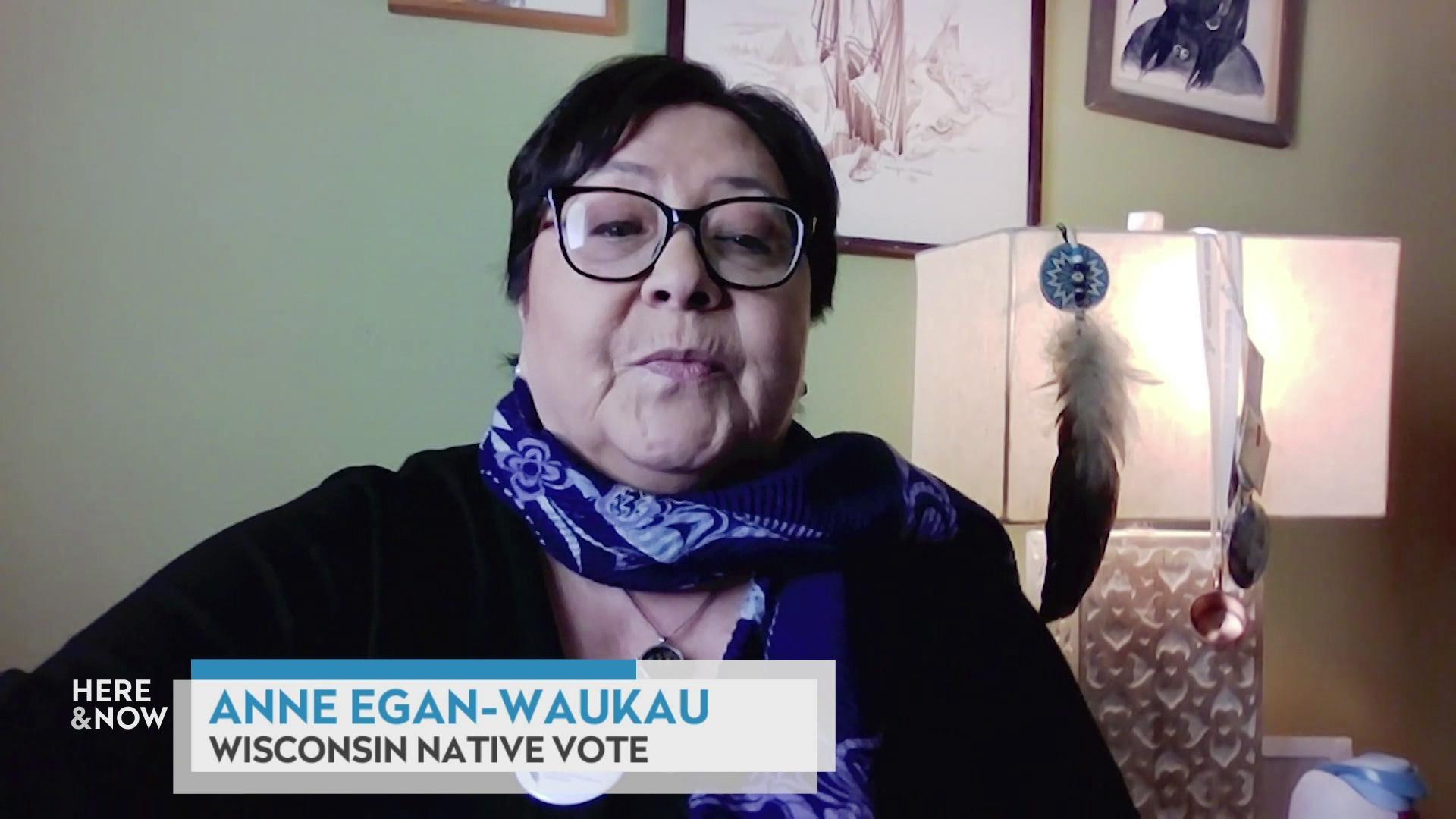
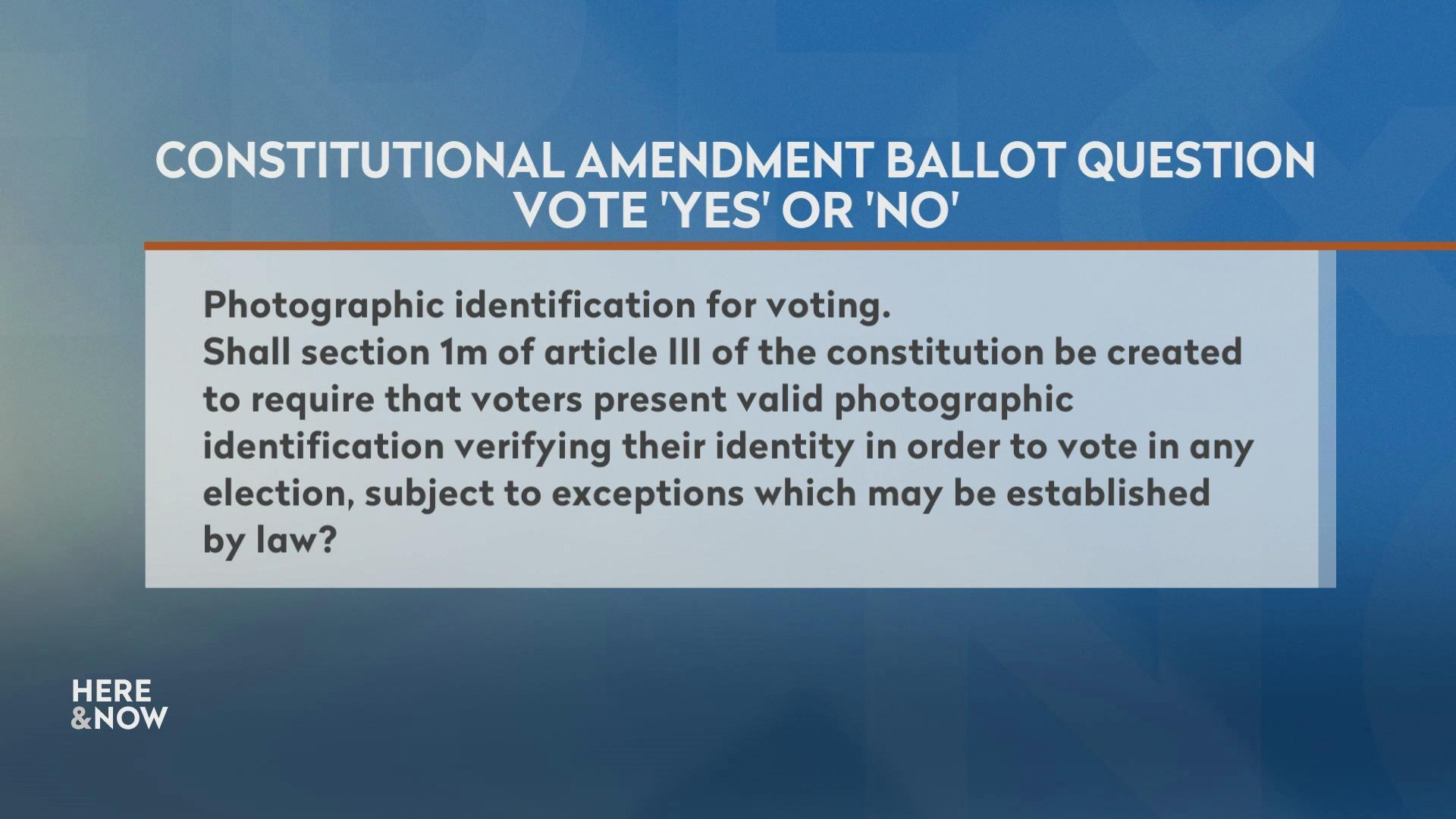


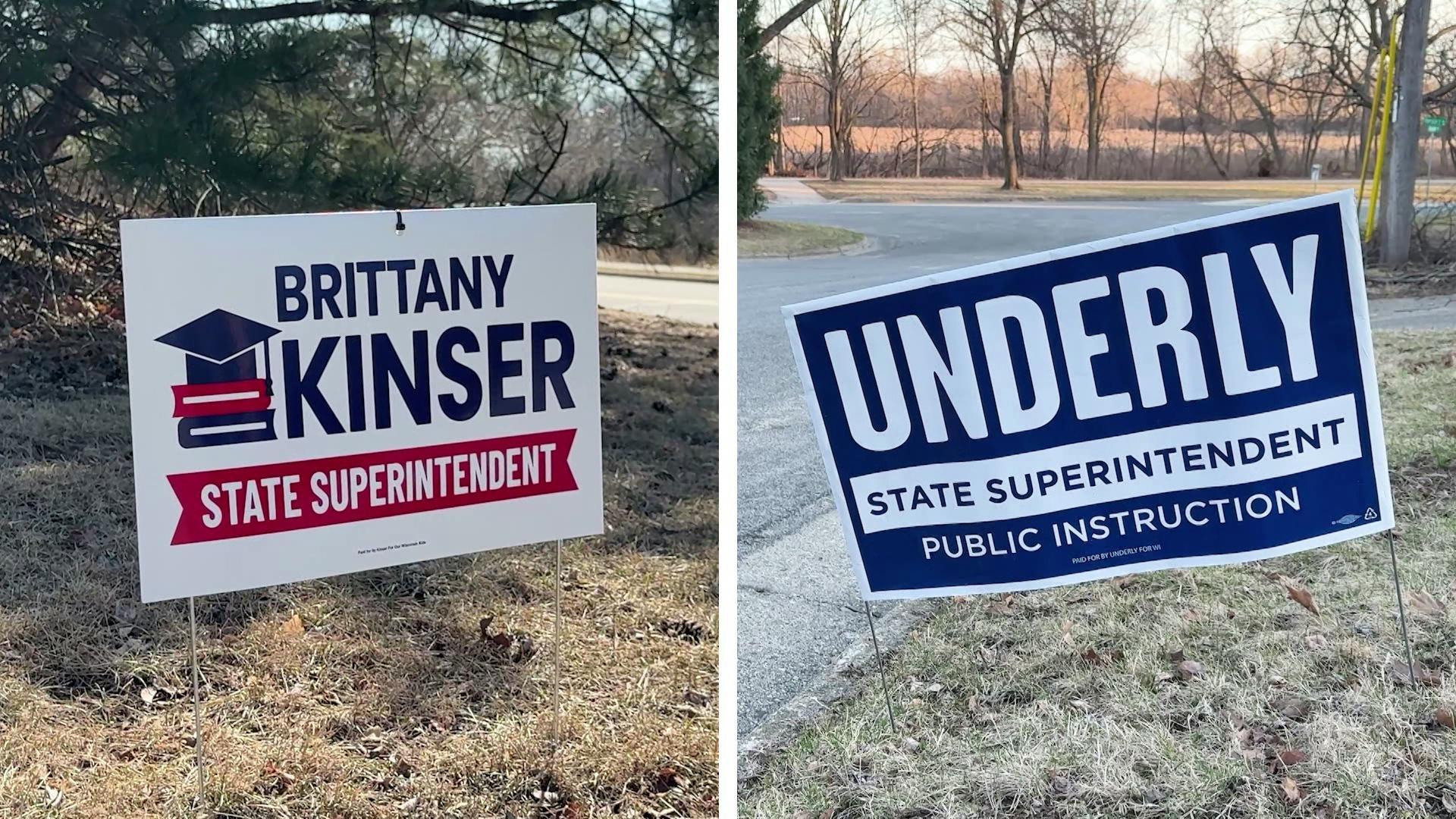

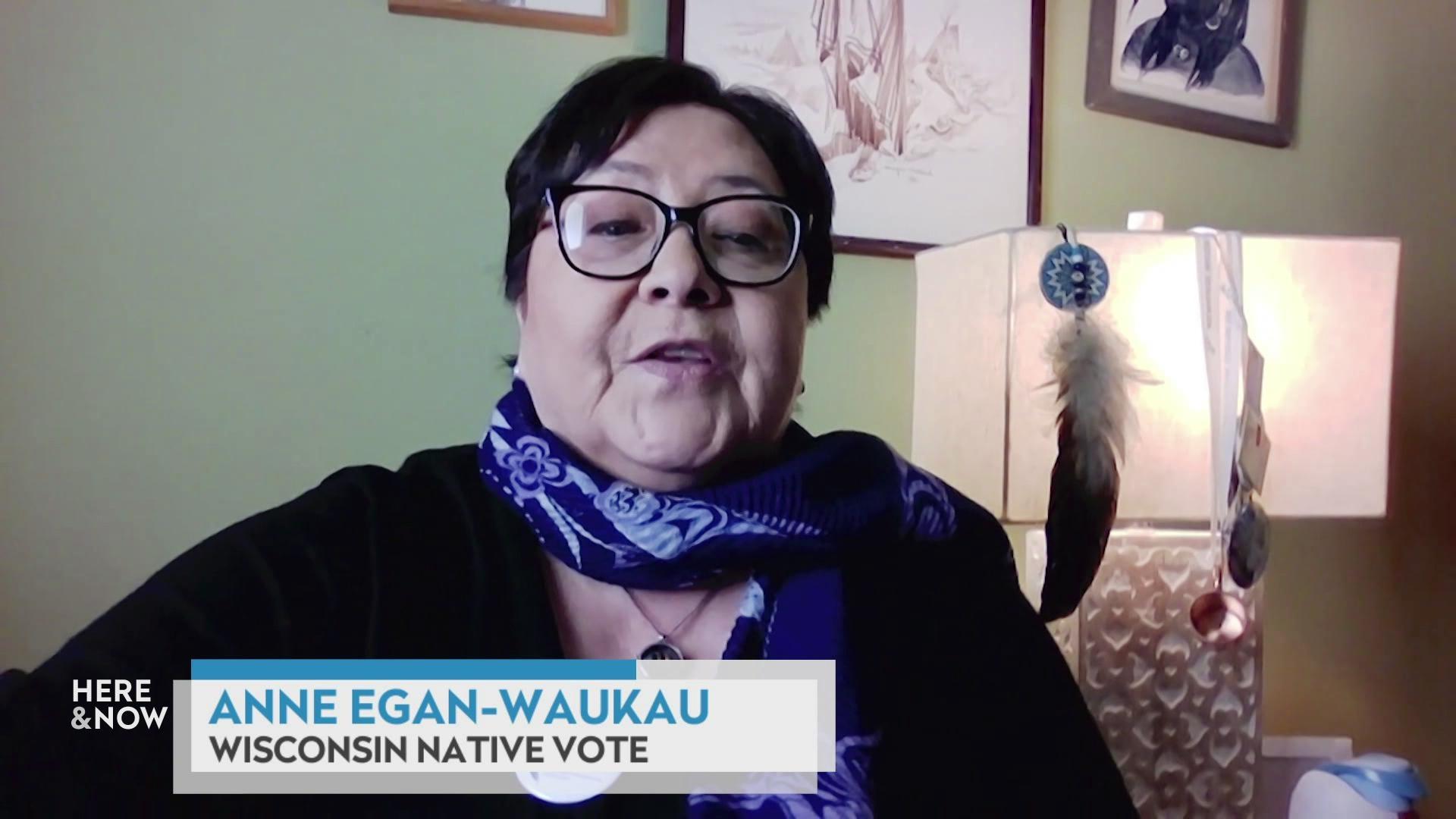

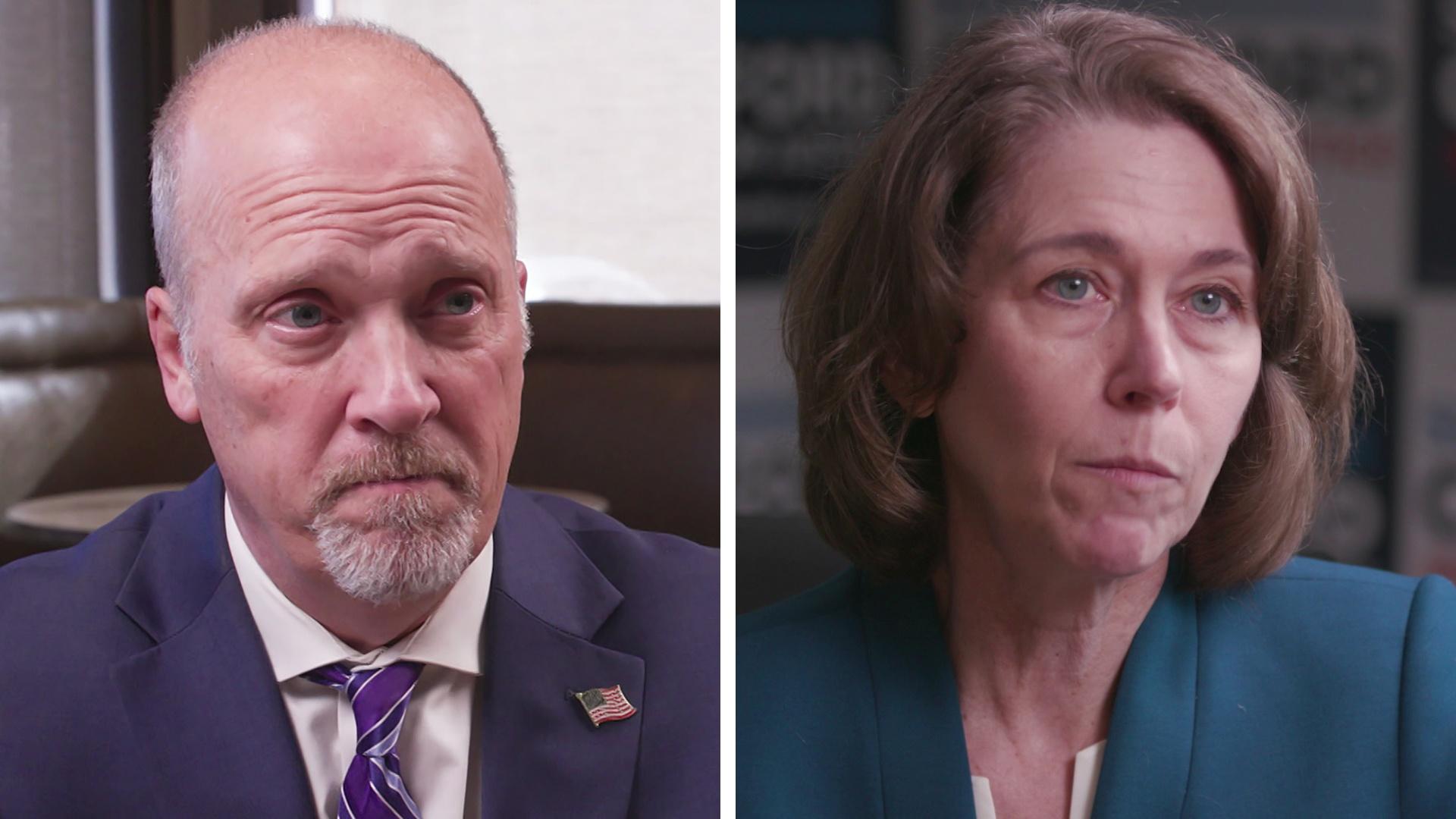

Follow Us